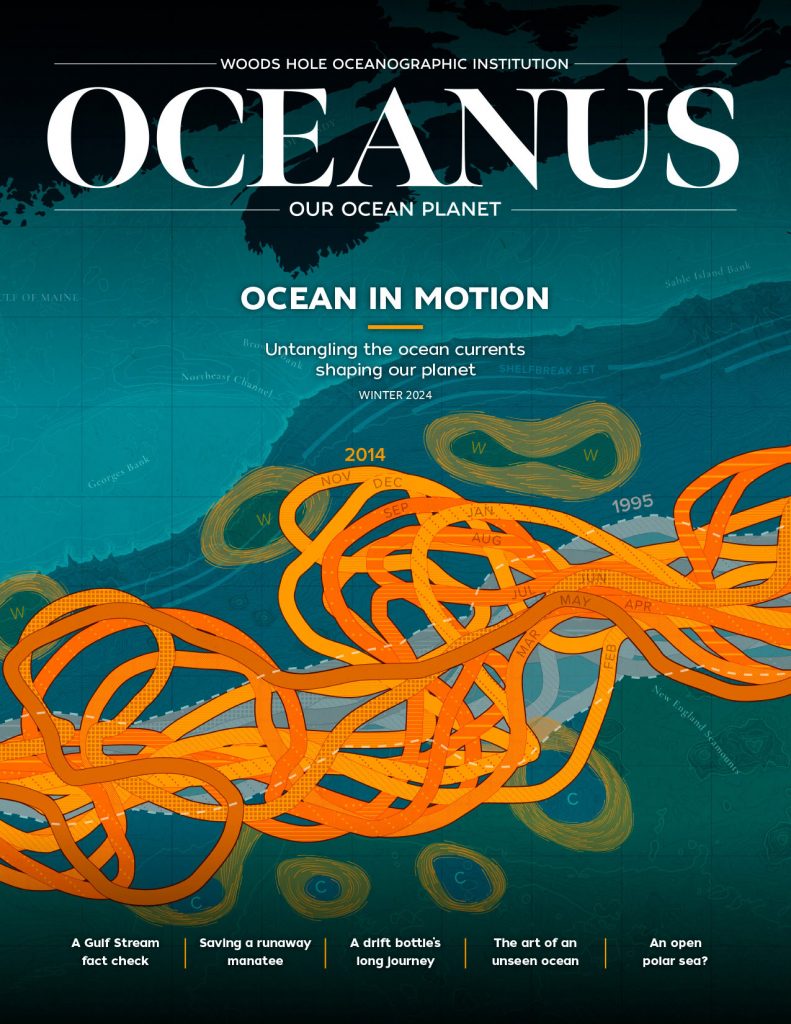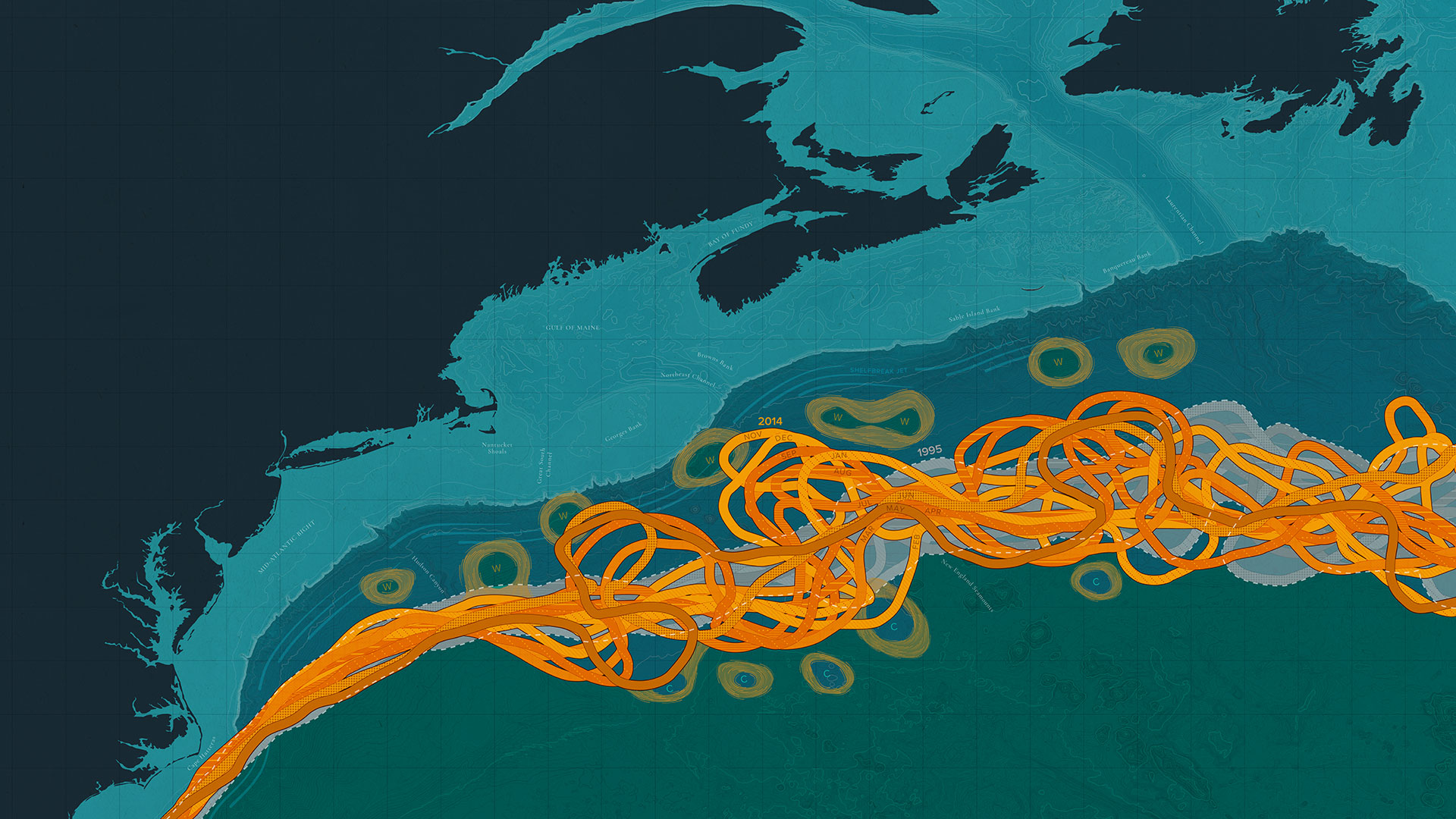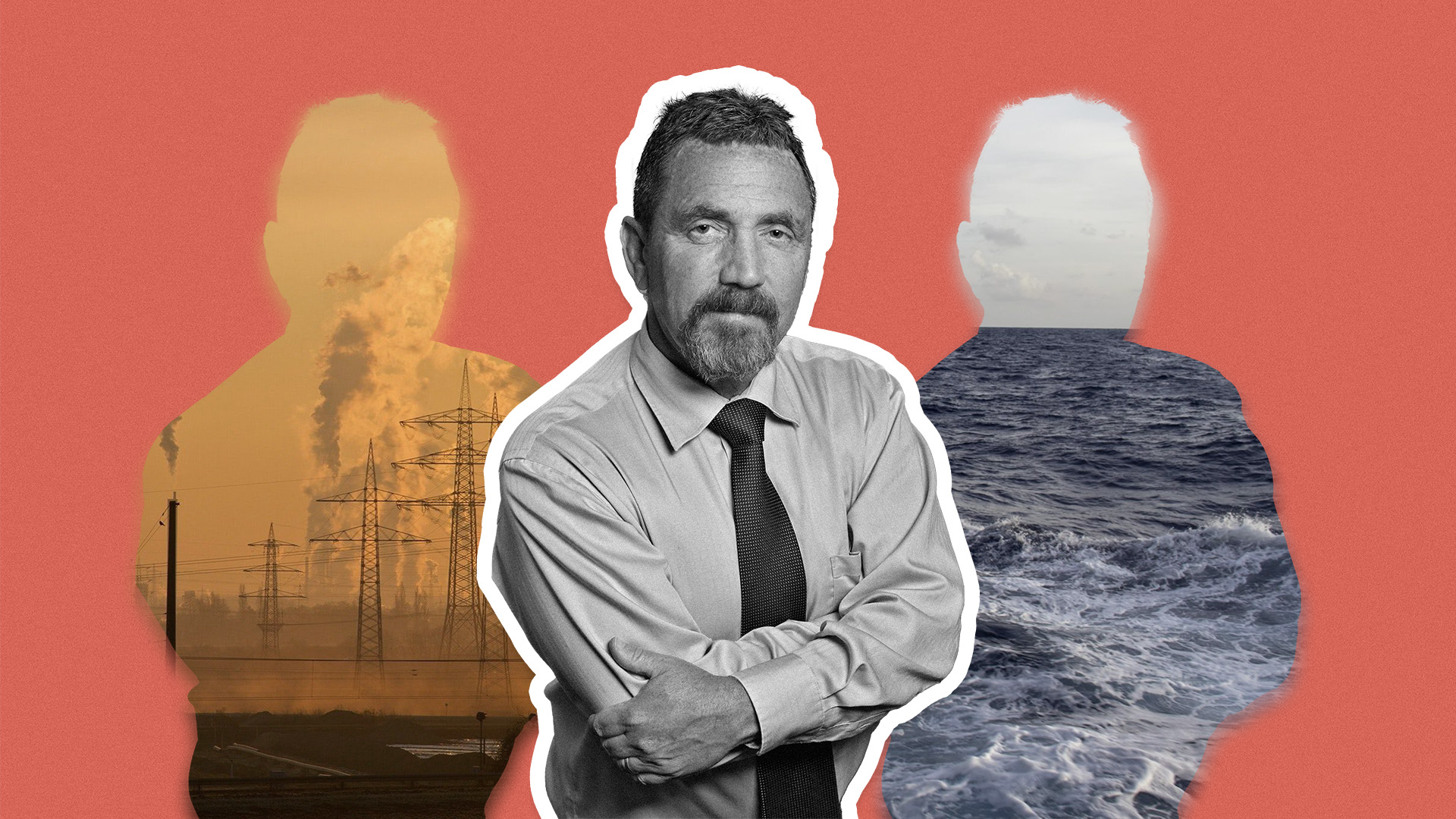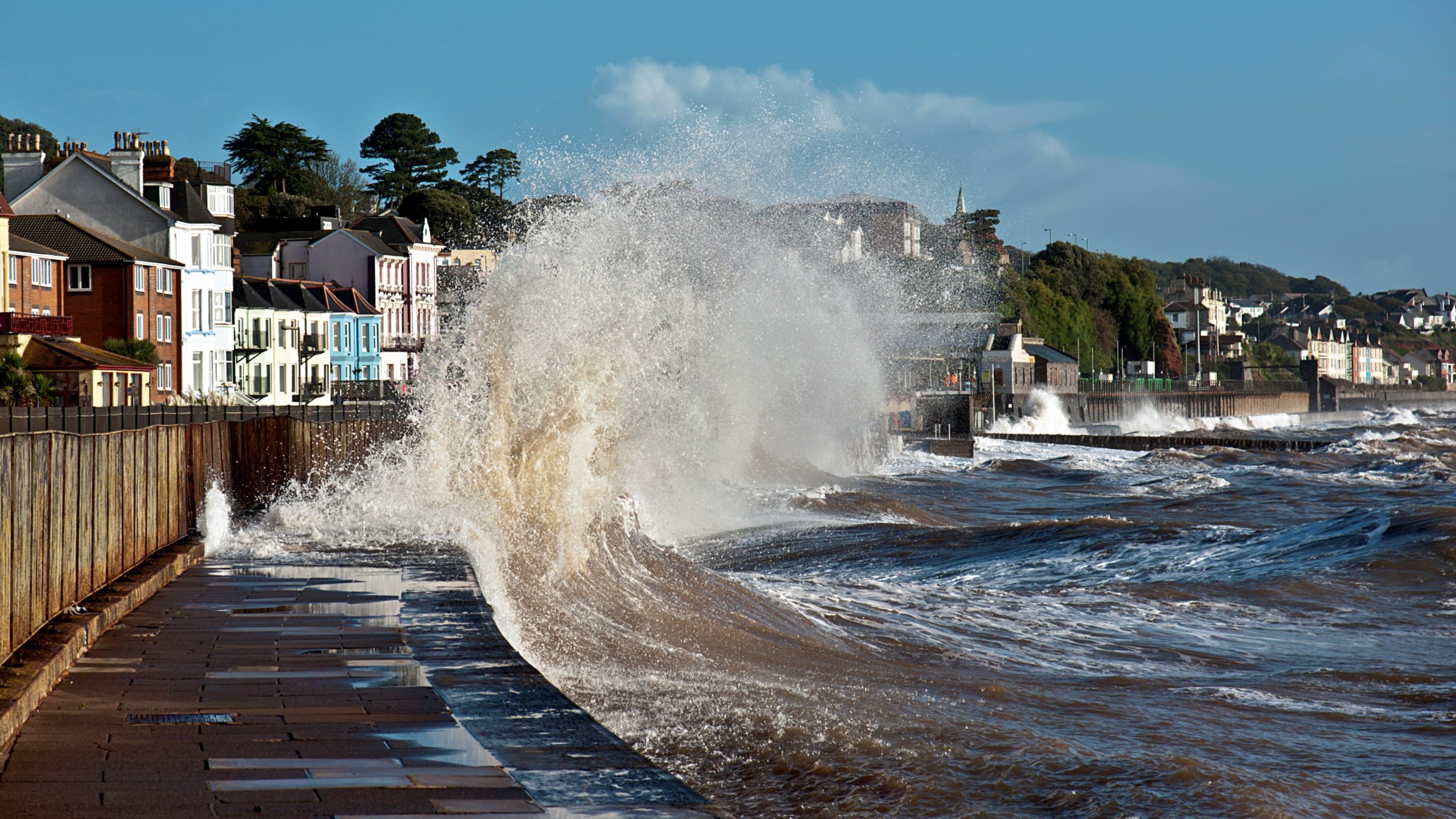
Estimated reading time: 4 minutes
A number of memes on social media claim to show that sea level isn’t rising. One shows photos, taken a century apart, of Australia’s Sydney Harbor. Another one has a photo of Plymouth Rock in Massachusetts. The claim is that the water is at the same level now it was a century ago—or four centuries, for Plymouth Rock—therefore sea level must not have changed in all that time. Contrast that with news headlines declaring all of Florida will soon be underwater, and it’s hard to know what to think.
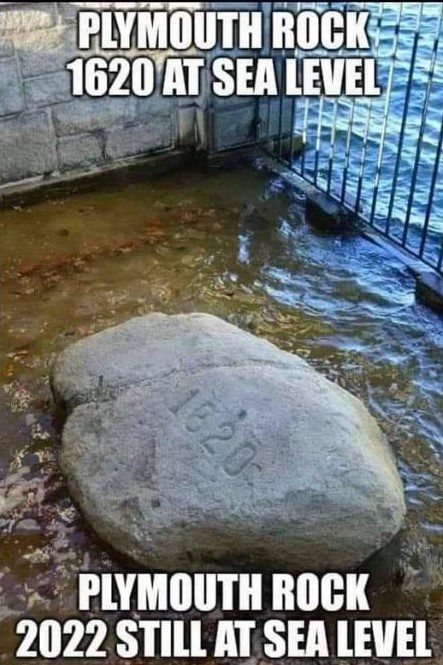
Meme suggesting that sea levels at the site of Plymouth Rock, Massachusetts have remained unchanged for centuries. (Image: Facebook screenshot taken on July 15, 2022)
Sea-level-rise deniers don’t have the evidence on their side. The rise and fall of the sea’s surface with changing tides makes it easy to snap a picture that appears to show the same sea level as one captured a century earlier. And Plymouth Rock? It’s been moved—more than once.
If sea level is truly rising, are we doomed to a future in which several feet of water swallow up coastal cities around the world? That becomes a concern a century into the future. But in the years and decades to come, it’s smaller, high-tide floods that pose a particularly pressing problem, not simply imminent loss of large areas of land.
Sea level is rising, says Chris Piecuch, a physical oceanographer and sea-level scientist at WHOI. Not only that, it’s rising faster over time. Scientists use computer models to predict how it will change in the future. But “I look more to the past,” Piecuch says. “What’s happened over the past few decades or the past few centuries.” By studying tiny microfossils buried in salt marsh sediment, he can track sea level back thousands of years. For at least the past 3,000 years, those levels remained fairly constant or increased only slightly. That is, right up until the Industrial Revolution. More recent instrumental data show that’s no longer the case.
Scientists have been tracking sea level along coastlines using tidal gauges for more than a century. And since the 1990s, satellite measurements have given them an even more complete view of sea level over the global ocean. Those data unequivocally show a rise in sea level. Averaged over the entire ocean, the increases are small—just three millimeters per year, or about the width of two grains of rice laid side by side. But those millimeters add up, with sea level rising more than seven centimeters (a little more than three inches) in just 25 years. What’s more, Piecuch says, “it’s not just rising, it’s accelerating. It’s rising faster every year.”
The global increase is caused by two factors: melting glaciers and warming ocean waters. Sea ice doesn’t change sea level, because the weight of the floating ice displaces the water beneath it. When that ice melts, the total volume of water remains unchanged. But as glaciers and ice sheets on land melt, the water they contain flows out to sea, adding to the total volume of water in the ocean. “About two-thirds of the global-mean sea-level rise we’ve seen since the early nineties is due to melting of land ice,” Piecuch notes. The remaining third is due to thermal expansion of the oceans. As water warms, it expands, taking up more space. Since the only direction it can expand is up, it pushes sea level higher.
By the end of the century, these accelerating changes will lead to increases of several feet globally, but the more immediate problem lies in smaller but recurring high-tide flood events, Piecuch says. These can happen during full-moon high tides, passing storms, or El Niño events. As sea level rises, it takes less extraordinary circumstances for those floods to happen. “Rates of minor or nuisance flooding along the U.S. coast have doubled over the past two decades,” Piecuch says. Roads and buildings flood or water bubbles up through sewer drains. A single flood like this doesn’t cause hurricane-level damage, but those smaller floods happen much more often. The costs accumulate over time, sometimes surpassing the costs of a post-storm clean-up from a larger event. And those aren’t going to stop any time soon, Piecuch notes. “Places that never used to see this high-tide flooding are now seeing it several times a year, and in the next couple decades, it’s going to be happening tens of times a year.”
Cazanave, A., et al. 2018. Global sea-level budget 1993-present. Earth System Science Data, vol. 10. doi: 10.5194/essd-10-1551-2018.
Kopp, R.E. et al. 2016. Temperature-driven global sea-level variability in the Common Era. Proceedings of the National Academy of Sciences. doi: 10.1073/pnas.1517056113.
Li, S., et al. 2022. Contributions of different sea level processes to high-tide flooding along the U.S. coastline. JGR Oceans. doi: 10.1029/2021JC018276.
Nerem, R.S. et al. 2018. Climate-change-driven accelerated sea-level rise detected in the altimeter era. Proceedings of the National Academy of Sciences. doi: 10.1073/pnas.1717312115.
NOAA Tides & Currents. The State of High Tide Flooding and Annual Outlook. https://tidesandcurrents.noaa.gov/HighTideFlooding_AnnualOutlook.html
Sweet, W., et al. 2021. State of High Tide Flooding and Annual Outlook. NOAA High Tide Flooding Report.
Thompson, P.R., et al. 2021. Rapid increases and extreme months in projections of United States high-tide flooding. Nature Climate Change, vol. 11. doi: 10.1038/s41558-021-01077-8.
